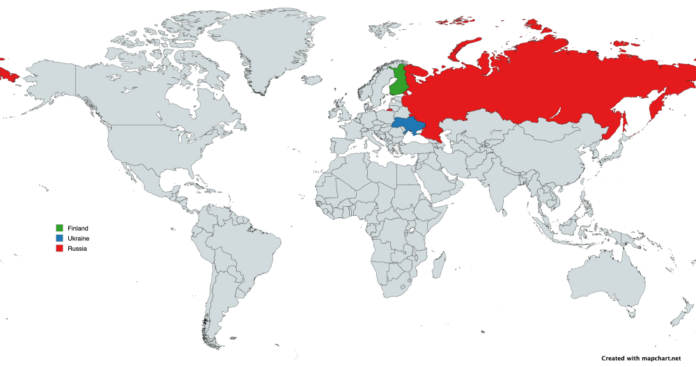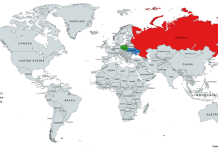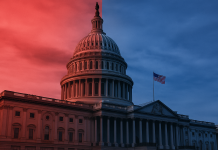
On Monday(5/19/25), Finland announced a new agreement to provide Ukraine with €90 million worth of heavy ammunition, funded through proceeds generated by frozen Russian sovereign assets. The agreement, signed in coordination with the European Commission, is part of a broader initiative that channels funds through the European Peace Facility (EPF) to support Ukraine’s defense and reconstruction.
This ammunition package will be sourced from Finnish defense manufacturers and is designed to both assist Ukraine’s armed forces and stimulate Finland’s domestic industry. In a public statement, Finnish Minister of Defence Antti Häkkänen emphasized the dual benefit: “These funds come from frozen Russian assets. They support both Ukraine and Finnish defense production.”
The move aligns with the European Union’s framework established in 2024, which allows for the repurposing of profits—not the principal—generated by roughly $300 billion in Russian sovereign assets frozen following Russia’s full-scale invasion of Ukraine in 2022. Approximately two-thirds of these assets are held within the European Union, primarily through Belgium’s Euroclear system. These funds are believed to generate annual interest between €3 billion and €8 billion.
The European Council formally approved a mechanism in 2024 to direct these profits toward military assistance for Ukraine. Finland’s €90 million contribution follows similar steps by countries like the Czech Republic, which previously used the mechanism to fund the purchase of artillery shells.
Although exact details regarding the types of ammunition and delivery timelines remain classified for operational security reasons, the assistance is expected to bolster Ukraine’s capabilities at a time when Russian missile attacks continue to target critical infrastructure. Finland’s defense companies, including Nammo, are likely to be among the suppliers for this aid package.
Since the beginning of Russia’s invasion in 2022, Finland has delivered a series of military assistance packages to Ukraine, with total aid surpassing €660 million. The country’s support reflects its evolving defense posture since joining NATO in 2023 and a broader historical context shaped by its own conflicts with Russia, including the Winter War of 1939.
The use of profits from frozen assets remains a legally and diplomatically complex issue. Russia has consistently objected to such actions. Kremlin spokesperson Dmitry Peskov has labeled the move “theft” and suggested that Russia may pursue legal action or retaliatory measures. In previous statements, Russia’s Foreign Ministry warned that Western property and businesses within Russian jurisdiction could be targeted in response.
Legal experts and European officials continue to distinguish between repurposing profits and confiscating principal assets, with the former seen as a less controversial and more legally defensible option. This approach seeks to avoid the diplomatic fallout and market disruption that could follow outright asset seizure.
Finland’s government has reiterated its intention to continue supporting Ukraine through both national aid and broader EU mechanisms. Häkkänen stated that this new step “strengthens our commitment to Ukraine and deepens the ties between Finnish defense production and European security.”
While public discussion around the move has spread online, including through official channels such as Finland’s Ministry of Defence, specific social media metrics remain unverified. What is clear, however, is that the decision has added momentum to the EU’s ongoing efforts to find innovative ways to sustain support for Ukraine without overburdening national budgets.
In contrast to some earlier aid packages that focused on humanitarian or economic support, the latest agreement underscores the EU’s growing emphasis on defense assistance—especially in response to battlefield shortages reported by Ukrainian officials and international observers.
The Finnish initiative is viewed as a pragmatic model within the European bloc, blending legal caution with economic support and military utility. As the conflict in Ukraine continues into its fourth year, this approach allows countries to offer tangible aid while navigating the geopolitical and legal sensitivities surrounding frozen Russian assets.
Finland = Green
Ukraine = Blue
Russia = Red
Image is licensed under the Creative Commons Attribution-Share Alike 4.0 International license and was created using MapChart (https://mapchart.net).







